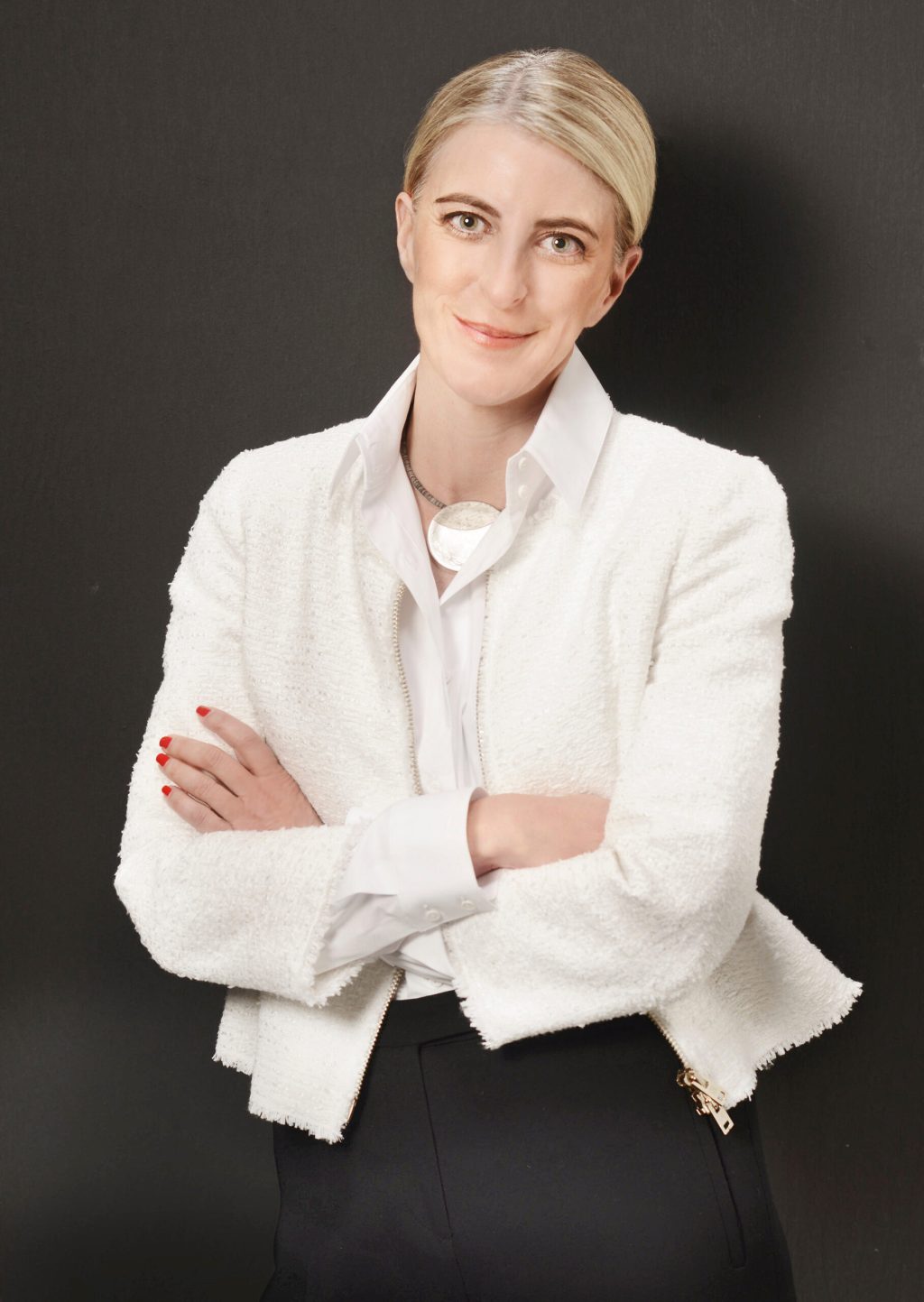[ad_1]
Two years ago, before departing her job as director of the Aspen Art Museum in Colorado, Heidi Zuckerman was asked to talk about her career at an event led by an organization for executives aged 45 or younger. “I’ll tell the story of the museum,” Zuckerman recalled thinking at the time. “My coach said, ‘No, you have to tell your own story. Of course, the museum is a significant part of that—but what else is there?’”
The question lingered. Zuckerman knew she would end up discussing art, but how to go about it? After some thinking, she settled on talking about a Javier Téllez film, Oedipus Marshal (2006), that was commissioned by the Aspen Art Museum while she was there. In the work, Téllez restages the tale of Oedipus Rex using non-professional actors from a facility for patients with mental illness in Grand Junction, Colorado. The actors wear Noh-style masks that obscure their features, and according to Zuckerman, when they removed them, the patients were not the same.
“Their doctors said that, when they came back to Grand Junction, they were alive in a way they had never been before,” she said. “We started talking about this idea of art saving lives at the museum. As I started thinking more and more about it, I realized my commitment is really to connect people to artists who make their lives better in the broadest possible way.”
Ultimately, for Zuckerman, that entailed leaving the museum world altogether. After 14 years, she departed the Aspen Art Museum as its director last fall. Having organized a closely watched program at the institution—as well as others over the course of several decades at the Berkeley Art Museum and Pacific Film Archive in California and the Jewish Museum in New York—Zuckerman had established herself as a major talent. The announcement came as a surprise to many. And her next move surprised many more: the founding of HiZ.art, a personal platform of events, talks, and books that—with a certain freedom and evangelical zeal that she is proud to defend—Zuckerman believes can reach an audience of a scale larger than that of a museum.
“My first curatorial projects were in these small artist-run spaces,” Zuckerman recalled of the beginning of her career while on a recent visit to New York, where she was in town to give a talk as part of her platform with artist Richard Phillips at the swanky co-working space Spring Place. “The audience was very specific—it was people who already liked art. Then I took a job at the Jewish Museum because I wanted to get a broader audience. Then I realized that, within the platform of a contemporary art museum, I achieved every goal I could have ever dreamed of. And even still, it’s a limited scope.”
At the Aspen Art Museum, Zuckerman made major strides—and faced adversity as a result. During her tenure, the museum developed a reputation as a destination for contemporary art in a city that had not been especially amenable before. Among those lured to show at the institution over her 14 years were Vik Muniz, Yto Barrada, Ernesto Neto, Danh Vo, and Amy Sillman. There was also a redesign by Shigeru Ban, a Pritzker Prize–winning architect, and a dramatic uptick in attendance. But some in Aspen felt that Zuckerman’s program was out of touch with what locals wanted. In 2014, the Denver Post reported that such resistance was emblematic of an “identity crisis” facing Aspen at the time.
Zuckerman views her time at the museum as a success—both for the art she showed and the figure she presented. When she began, it was unusual for a woman to be so high-ranking at a museum. “I’ve had younger female curators say, ‘Thank you so much. I don’t think you know the impact you had,’” she said.
Now, with HiZ.art—which comprises a podcast, an invite-only talks series, and a series of books called “Conversations with Artists” whose participants have included Glenn Ligon, Darren Bader, Anicka Yi, and others—she’s hoping to bring her vision to a wider audience that she hopes will include people who don’t yet know they might be interested in art. For one of the inaugural episodes of her podcast, she chatted with bicyclist Lance Armstrong about collecting art by Rob Pruitt, and in another, she spoke with John Hickenlooper, a former Democratic candidate in the U.S. Presidential race, about how art can create peace. “If there’s a possibility of putting a pause or interruption,” Zuckerman said, “it’s there that you get people’s curiosity and make a difference.”
There will be cases in which art-world insiders will join her for discussions, too. She brought up the example of a recent podcast with Helen Molesworth, the former curator of the Museum of Contemporary Art Los Angeles. “We were talking about the notion of what happens when you’re standing in front of an artwork and you’re moved to tears,” Zuckerman said. A description of that episode targets listeners who want to “make their lives better!”—a phrase that could apply to many of Zuckerman’s offerings, which verge on tapping into the vein of wellness culture so pervasive today.
“A lot of people have found a sense of the divine in nature or through spirituality,” Zuckerman said. She hopes her platform might do the same by “setting up a parallel structure, so that people can understand what that’s felt like. It’s a vehicle to associate with art.”
She added, with a smile, “I used to joke that I was a matcha proselytizer because I was an early matcha drinker. [HiZ.art] is kind of evangelizing—that’s the goal, and I think I’m just going to be honest about it.”
[ad_2]
Source link

